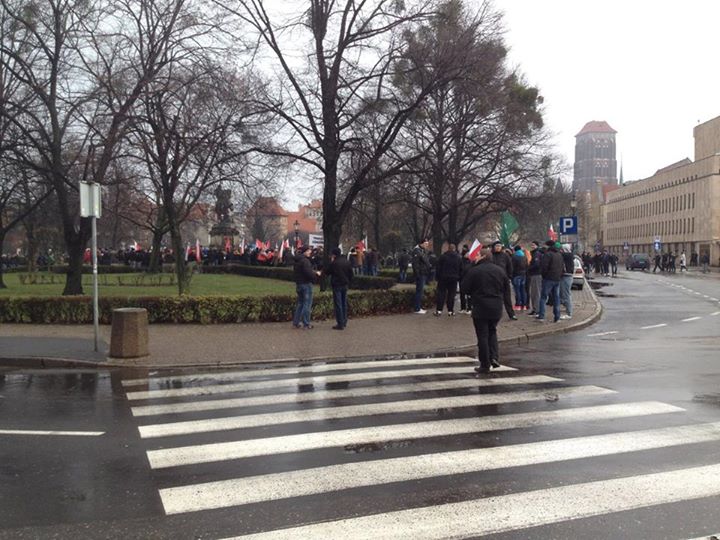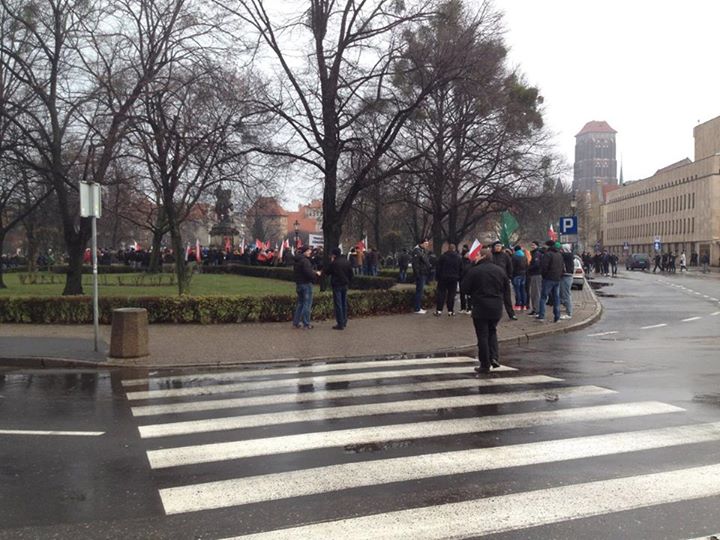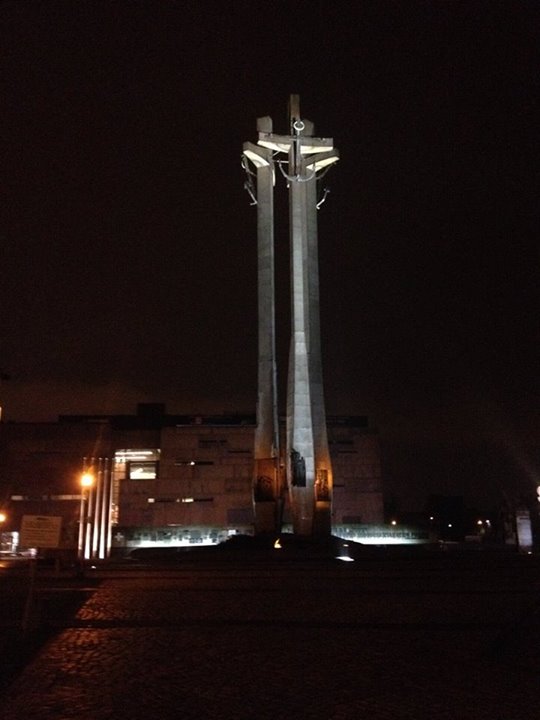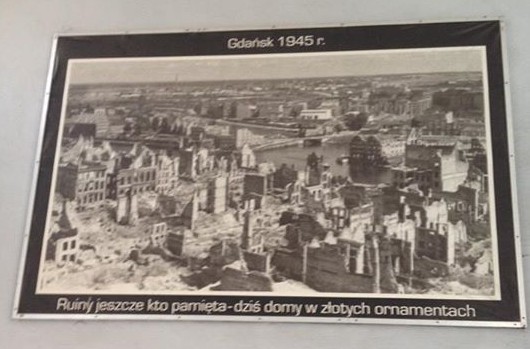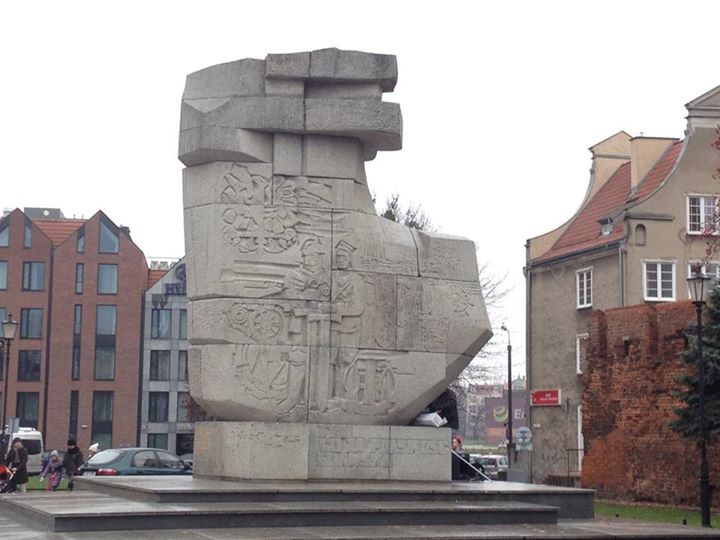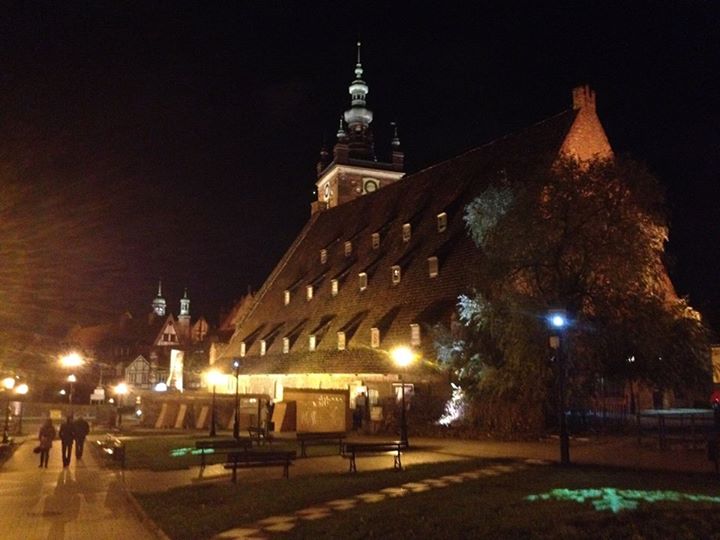Is Poland split in two as neatly as the sharp red and white of the flag suggests?
Not quite – all countries, cities and people have their good and their bad. Poland is no exception. I experienced the warm, dignified, beautiful side of the country on my trip to Gdansk: this post is for the other side of the country, a side which I only saw briefly but which I feel compelled to talk about.
What I want to get across on New Year’s Day (the day Polish martial law was lifted in 1983) is how even on a beautiful trip, I couldn’t ignore the problems beyond my narrow tourist’s view of Poland.
Being a historian has that effect. You see everything and everywhere as a two-sided coin, your view depending on what angle you choose to look from.
Gdansk reminded me of that as much as anywhere, and the complex layers of time and history that build it up only make it more interesting and many-sided.
What got me thinking like this?
See this picture I took when we stumbled across a protest one day on the edge of the town centre:
